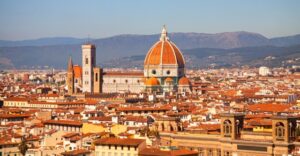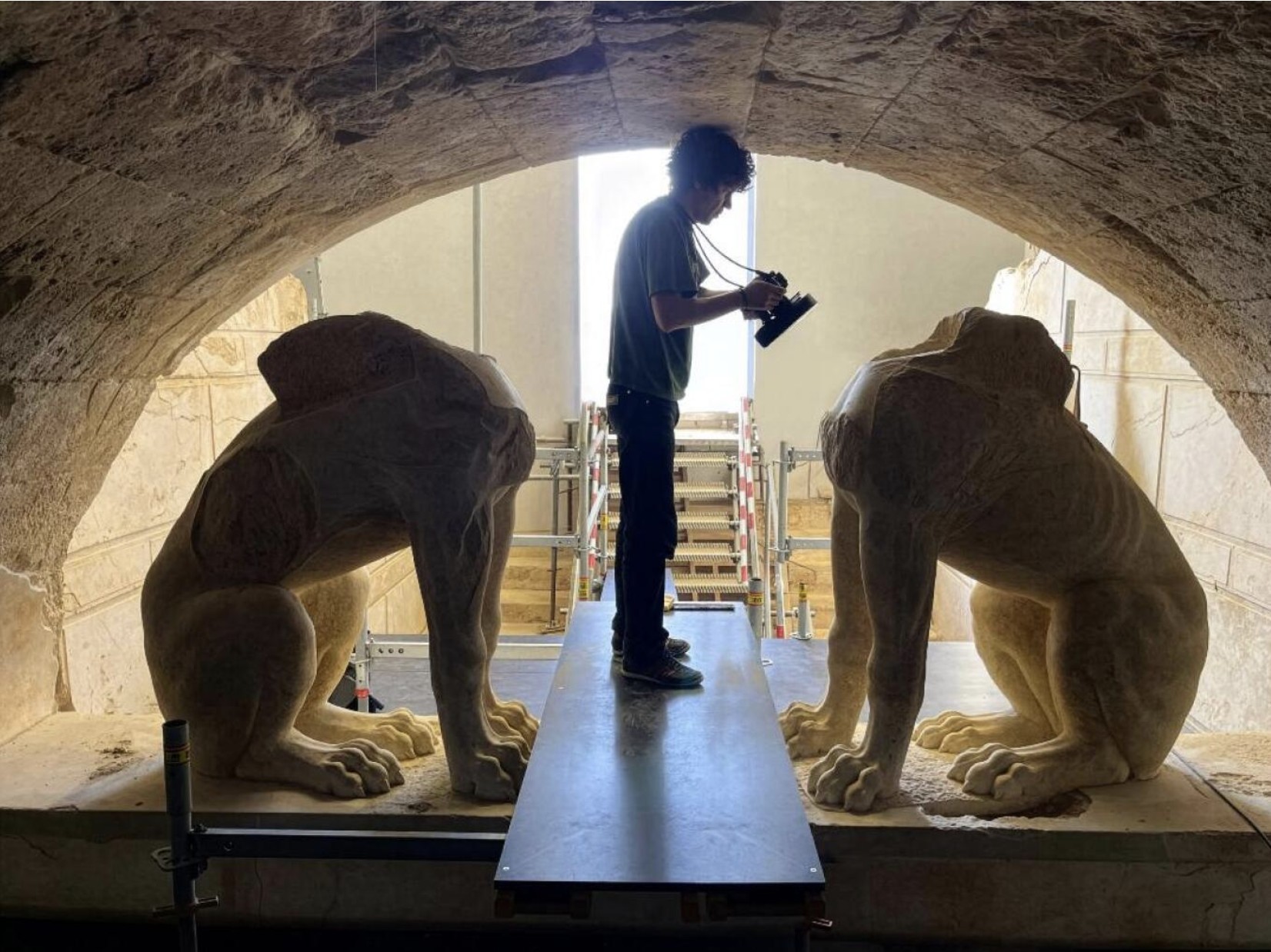The tradition of pistachio cultivation and processing on the island has been going strong for 120 years, since its introduction there. Preserving and showcasing this traditional knowledge is crucial for Aegina’s collective memory and modern identity.
Today, more than ever, drastic measures are needed to protect Aegina pistachios. “As it stands, for the second consecutive year, we’re facing an 80% reduction in production due to a mild winter.
Last year we had only 300 dormancy hours instead of the 700 that pistachio trees need, and this year we had just 100 hours of cold,” says Mr. Kounadis, head of the Aegina Pistachio Growers Cooperative. “We’re farming recklessly,” he adds.
Of the 100 tons produced on Aegina, only 30 are certified as PDO (Protected Designation of Origin). The rest are simply labeled as shelled pistachios. The issue isn’t just climate change. What were once fields are now houses, and this rapid urbanization prevents the necessary interventions in pest control that the crop requires.
It’s worth noting, however, that while the government shows little interest in promoting the pistachio brand, producers from other regions of Greece support Aegina’s needs by supplying products. However, this act weakens the unique terroirs of these regions and downplays their competitive advantages, when instead, greater value could be given to the “Greek Shelled Pistachio” brand.
Ask me anything
Explore related questions





